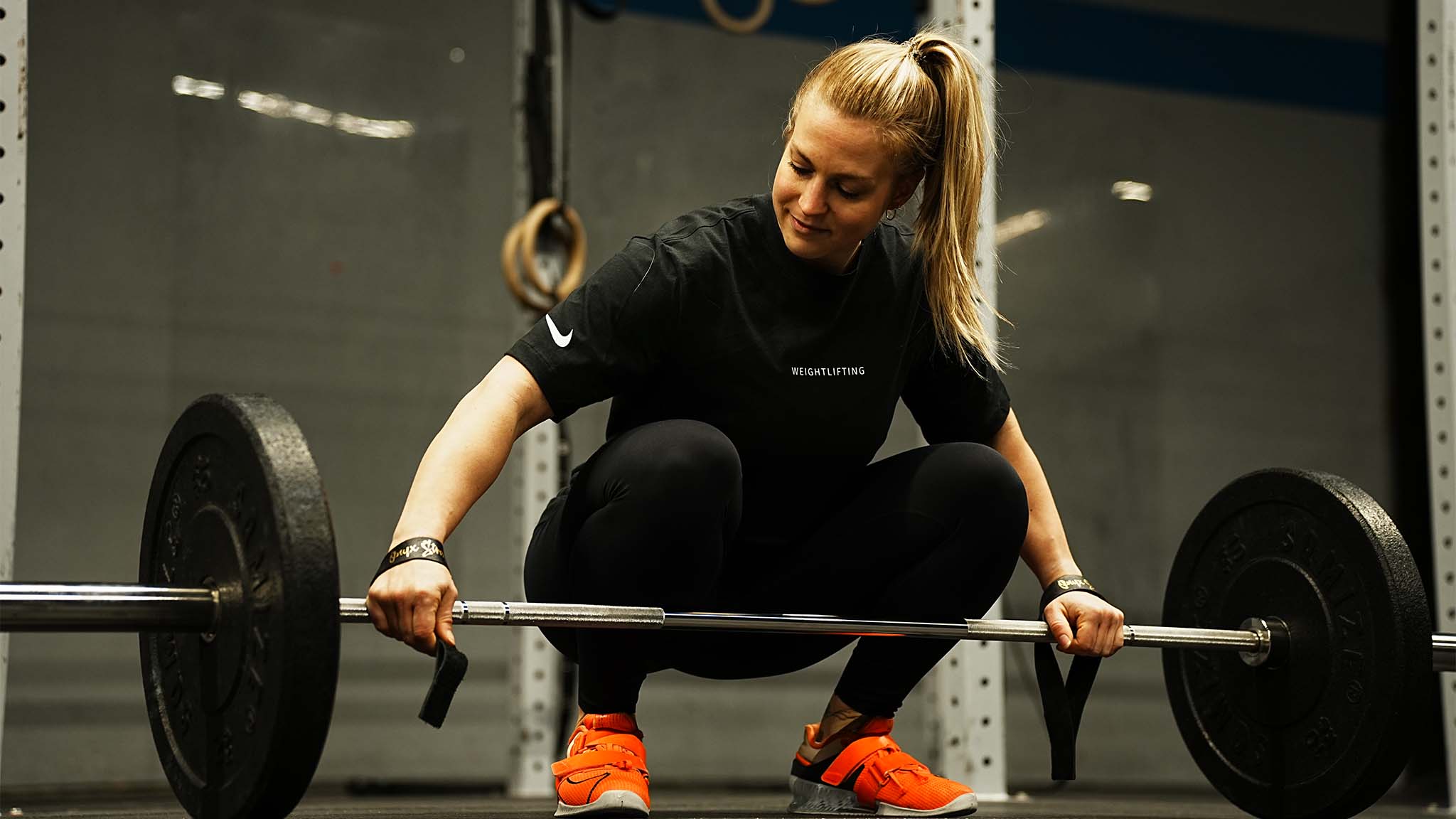Gewollte oder ungewollte Trainingspausen sind kein Weltuntergang.
Weightlifting is a very training-intense sport which requires a lof of effort and perseverance.
We all know that only a consistent training routine leads to the training success we aim for. For most of us, weightlifting is a hobby in which we put in the energy to pursue it outside our work, studies, family time and even besides other sports.
There can be times when work trips, holidays or just life in general lead to a break from our training routine.
Afterwards, the will and motivation to return to a regular training routine and follow a new training plan are often even higher. But it should be clear that after a break you can’t just start off right where you stopped.
Therefore, we provide you with a couple of tricks and information where to start after a break and what to expect from your body.
1-WEEK Training BREAK
A lot of athletes continue training after a week and are surprised that everything just feels heavier and that they feel a lack of strength. Mostly that is just a game your mind plays on you. After a week, there is no big loss of strength, only less tension within the body and perhaps less routine in your technical coordination.
For some athletes, a one-week break can work miracles: they feel fresh and stronger than before. One reason can be that the strain the body was exposed to was just too high and the body was in need of a break and some regeneration.
Of course you shouldn’t start right off with maximal loads on your first day, but rather make your way slowly back to your old personal records. Don’t go beyond 90% of your maximum intensity in the first couple of training sessions and focus on rebuilding the tension within your body.
Professionals recommend a regular strength training following the motto: „You can’t go wrong with squats and pulls!”
2-4 WEEKS Training BREAK
If the training break is longer than two weeks, the athlete must be aware that there is a loss of muscles, strength and muscular endurance. The first few lifts and reps with the barbell will feel weird, uncoordinated and unusual. There is a little loss of the right feeling for the movement and the overall training perception can be weak and slow.
A training break of more than two weeks definitely entails a loss of substance. The first two weeks are all about getting back on track. Your training should focus on restoration of muscles and quality of movement, like speed, should be a priority. The intensity shouldn’t be too high: high-volume training is ideal to get back into your training routine.
In the beginning, we recommend training the basics. This gives your body enough time to work on coordination, technical movements and the adaption of a high training volume. Your strength will come back quite fast and with a consistent training routine, you can be back on your former training level after 4 to 12 weeks.
Training Break of 6 months and longer
It can also happen that you want or have to take a break for six months or longer. Re-starting your weightlifting training after an extended break is not as easy as after a couple of weeks. If you did not engage in physical activity at all, a considerable loss of muscle and strength is guaranteed. Especially the core muscles decrease quickly without stimulation.
For the first 6 to 12 weeks, rebuilding your general fitness and strength should be your main focus. The body needs to get used to strain again. If you start right away with too heavy loads or a too high training intensity, you risk health issues like back and joint problems. You have to re-establish the overall tension within your body and develop your core stability, before working with heavy loads.
The focus should be on consistent training and regaining strength through low intensity training. Especially now, the body needs to get used to strain again and often the athlete will become frustrated and will want to start with heavy loads too soon. Athletes want to work with the same loads as before the break but in the long term, this won’t help them achieve their goals. Consistency is the key to success.
A well-structured training plan that is challenging, but not too hard, is the right way to a successful training. We recommend a versatile strength training that requires the big muscle groups to interact. Circuit training, bodyweight exercises, unilateral exercises, kettlebells, dumbbells and regular barbell exercises are a great preparation and balance to the technical weightlifting exercises.
At first, the percentage of competition exercises shouldn’t make up more than 30% of your training plan.The other 70% should be regular strength and athletic exercises. Moreover, you should particularly work on endurance and general fitness after a long training break. Patience, consistency, realistic expectations and especially listening to your body are major factors for your successful comeback in weightlifting.
Conclusion
Life is not just about weightlifting; therefore, planned and unplanned training breaks are not the end of the world. The re-entry is not easy and may give you the feeling that you have unlearned everything. But at the end of the day, it is a question of determination and comes down to the strength of your mind. Give your body and your mind the right amount of time and you will become successful again after a break. Maybe even more successful than before.


















